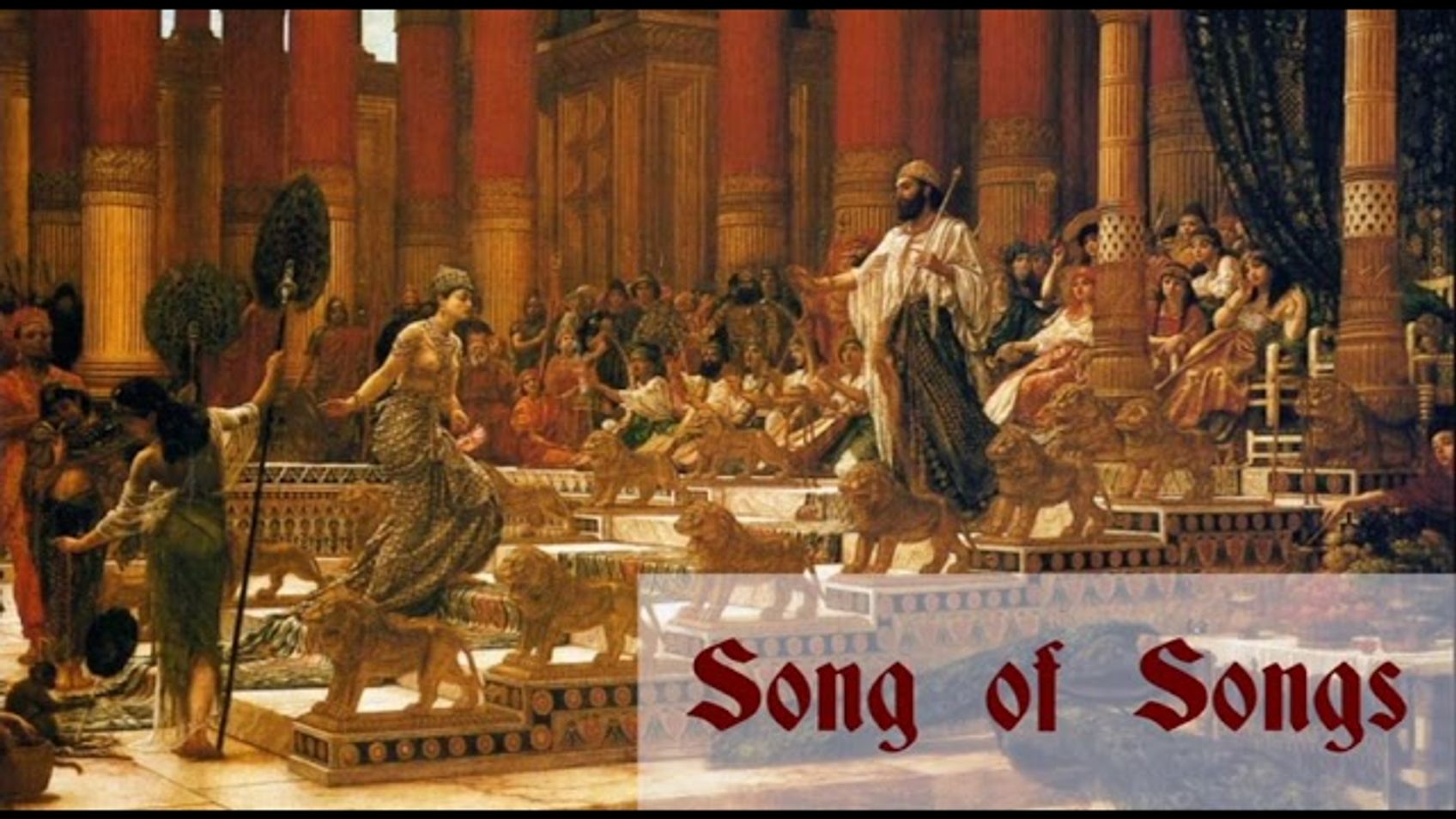Song of Songs: Chapter-by-Chapter Commentary

*CONTENTS*
00:00:00 - Chapter 1: "Let Him Kiss Me with the Kisses of His Mouth!"
00:16:42 - Chapter 2: "My Beloved is Mine, and I am His"
00:32:59 - Chapter 3: "What is that Coming up from the Wilderness like Columns of Smoke?"
00:48:16 - Chapter 4: "Behold, You are Beautiful, my Love!"
01:02:35 - Chapter 5: "I Came to My Garden, My Sister, My Bride"
01:16:01 - Chapter 6: "Who is this who Looks like the Dawn?"
01:28:47 - Chapter 7: "Come, My Beloved, Let us Go out into the Fields"
01:37:48 - Chapter 8: "Make Haste, My Beloved"
If you have enjoyed my videos and podcasts, please tell your friends. If you are interested in supporting my videos and podcasts and my research more generally, please consider supporting my work on Patreon (https://www.patreon.com/zugzwanged), using my PayPal account (https://bit.ly/2RLaUcB), or by buying books for my research on Amazon (https://www.amazon.co.uk/hz/wishlist/ls/36WVSWCK4X33O?ref_=wl_share).
The audio of all of my videos is available on my Soundcloud account: https://soundcloud.com/alastairadversaria. You can also listen to the audio of these episodes on iTunes: https://itunes.apple.com/gb/podcast/alastairs-adversaria/id1416351035?mt=2.
More From Alastair Roberts
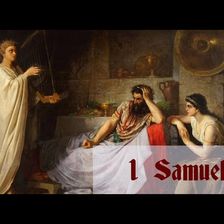
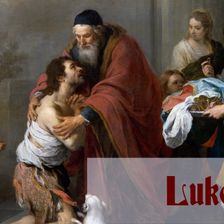
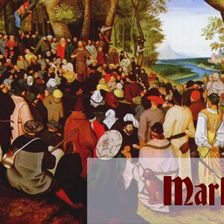
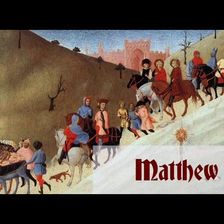
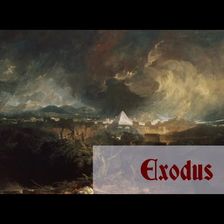
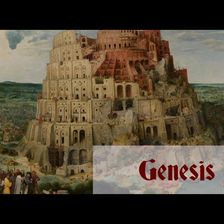
More on OpenTheo















